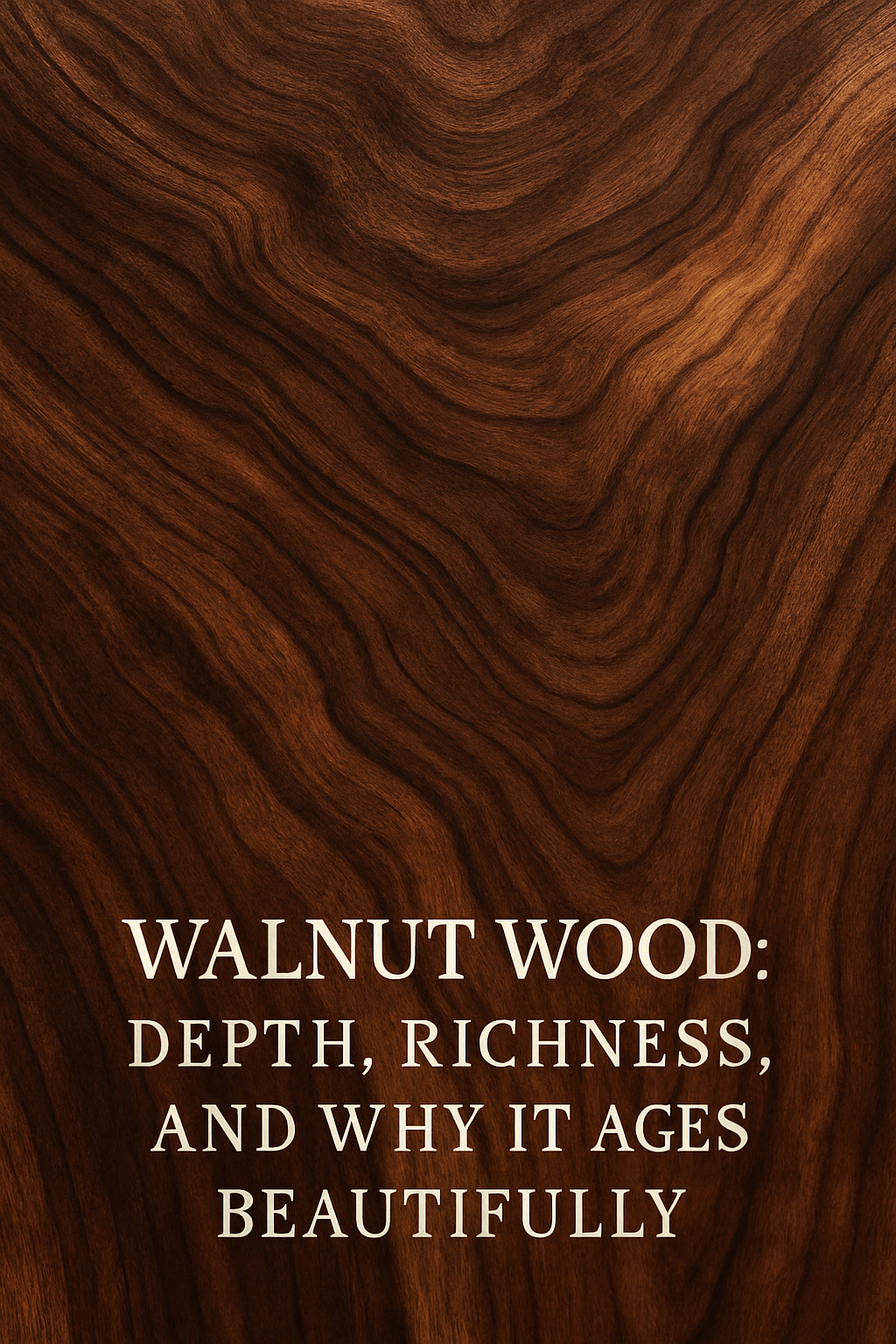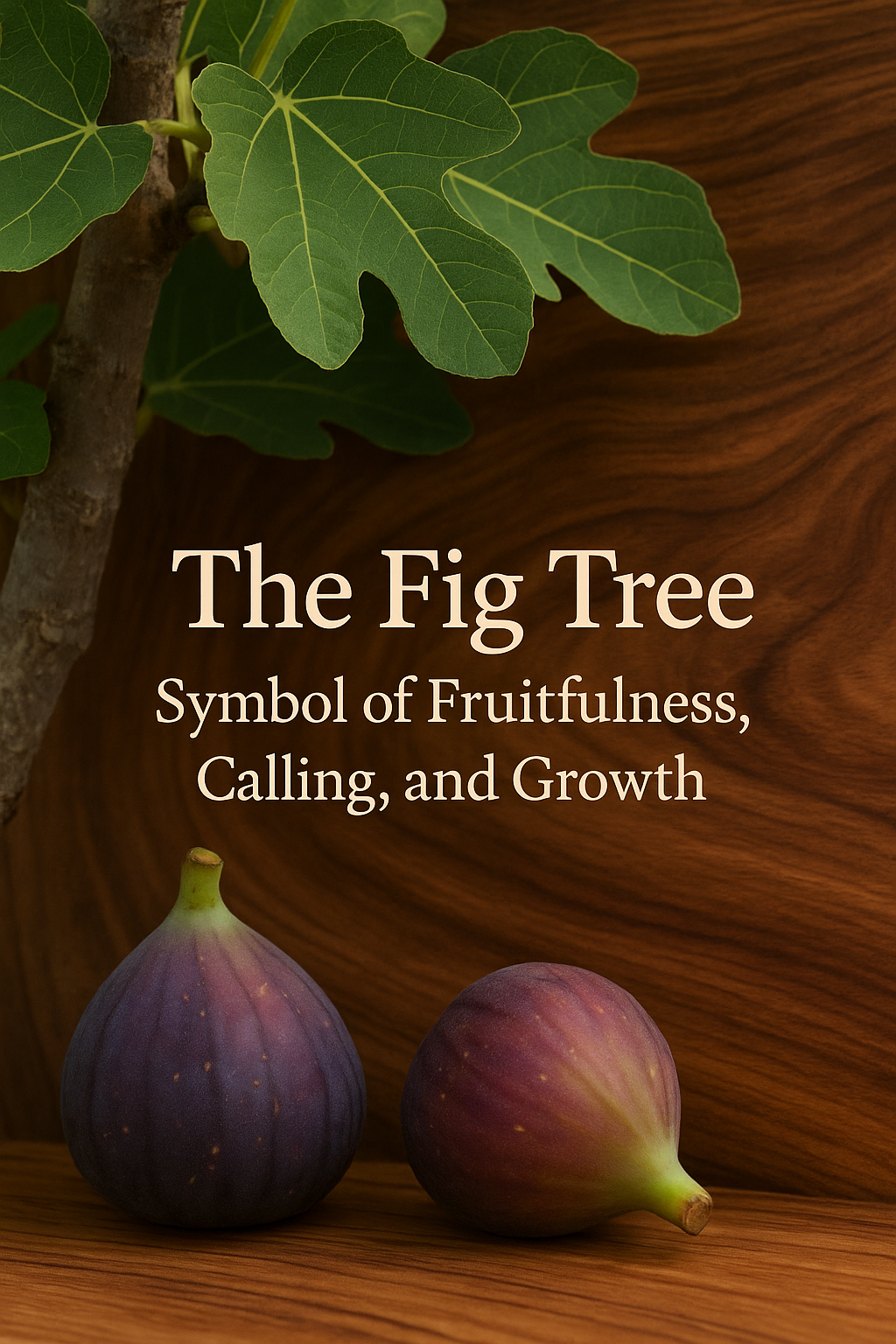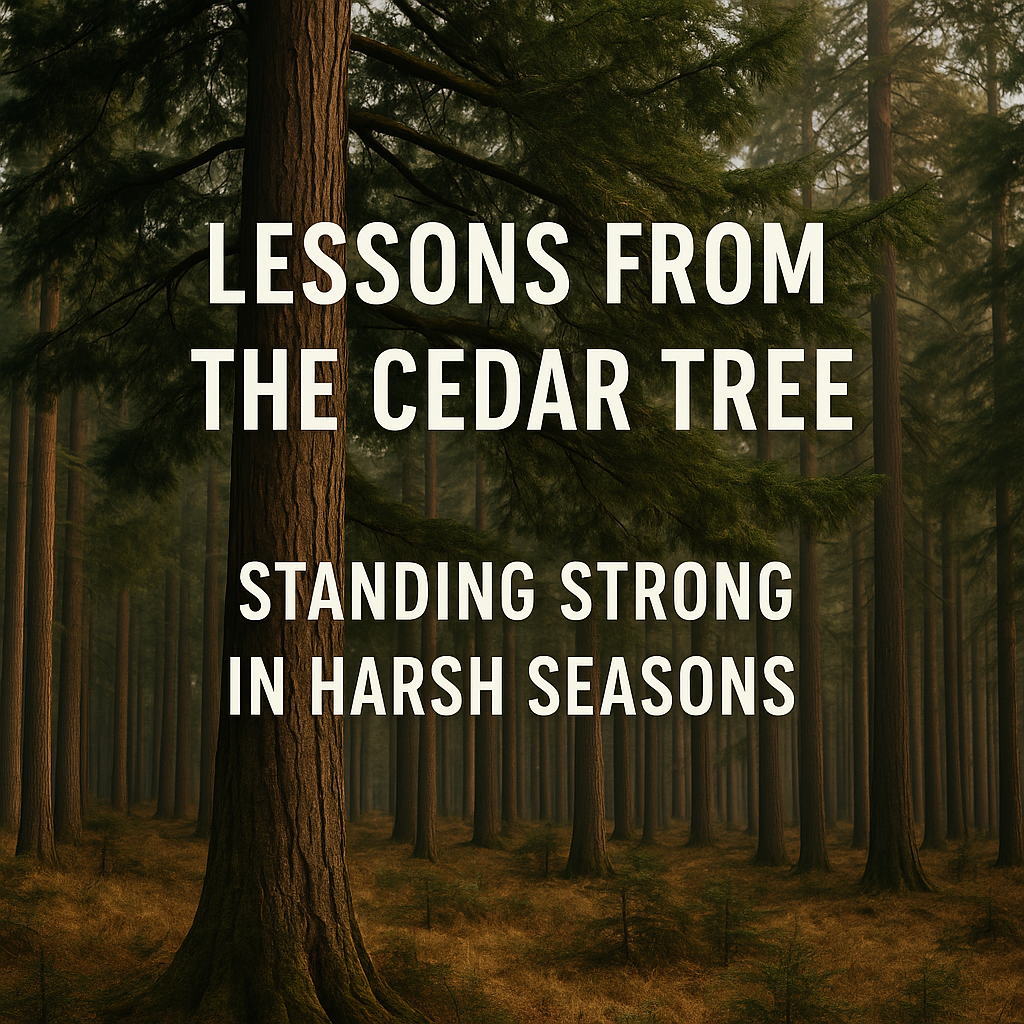Walnut is one of those woods that almost feels alive. Not just because of its grain, or that unmistakable chocolate-brown heartwood, but because it carries a certain depth—like it remembers every storm, every season, every sunrise it’s lived through. When I pick up a piece of walnut in the shop, I’m not just handling lumber; I’m holding a century of growth and grace in my hands.
That’s why walnut has been treasured for generations. From heirloom furniture to handcrafted gifts, from rifle stocks to carved artwork, walnut has always held a reputation for timeless beauty. And unlike many materials that fade or weaken with age, walnut becomes richer, deeper, and more interesting the longer it’s around.
Let’s talk about why.
The Natural Richness of Walnut
Walnut’s color is its signature. The wood starts with tones ranging from deep mocha to smoky purples and warm coffee browns. No stain is needed—God already finished it with perfect color.
The sapwood often shows creamy, lighter tones that contrast beautifully with the darker heartwood. When used intentionally in woodworking, that contrast becomes a natural highlight—something machine-made products could never replicate.
Even more impressive? Walnut keeps its color through years of use. While lighter woods yellow, walnut settles into a deeper, mellow brown that feels like it’s been kissed by time.
Why Walnut Ages So Beautifully
Some woods get older. Walnut gets wiser.
1. It Darkens Instead of Fading
Exposure to sunlight, oxygen, and handling all help walnut develop a deeper patina. The grain becomes more pronounced with every passing year, making old walnut pieces often more beautiful than the day they were built.
In a world where most things lose value, walnut gains character.
2. Walnut Is Incredibly Stable
This wood resists warping, bowing, or cracking better than most American hardwoods. That’s part of why it’s been the gold standard for heirloom furniture and keepsakes—you can trust walnut to survive moves, basements, attics, and the occasional kid climbing on it.
3. The Grain Tells a Story
Walnut’s grain patterns range from subtle and peaceful to wild, curly, and dramatic. With age, those grain lines take on more contrast and depth—almost like an old photograph developing richer shadows and softer highlights.
4. It Wears in, Not Out
Small scratches, dings, and marks don’t ruin walnut—they help it look lived-in. The wood softens those imperfections, blending them into a warm, gentle patina. Instead of looking damaged, walnut looks seasoned.
The Heritage of Walnut in American Craftsmanship
For centuries, walnut has been a wood of legacy.
Early American craftsmen prized it for its beauty and durability. Frontier settlers carved rifle stocks out of walnut because it could withstand harsh use. Furniture makers chose it for dining tables, cabinets, and writing desks—pieces meant to last generations.
Even today, modern craftsmen honor that tradition. In my own shop, walnut is one of the species I reach for when I want a product to feel meaningful. Whether it’s a pen meant as a milestone gift, a cutting board designed to last decades, or a custom piece of furniture built to anchor a family home—walnut never disappoints.
It’s a wood that feels like heritage from the moment you touch it.
Why Walnut Works So Well for Handmade Gifts
When someone buys a handmade walnut piece, they’re not just getting an object—they’re receiving a story.
• Walnut is naturally luxurious.
Its deep tones instantly feel like something special.
• It photographs beautifully.
Whether in your kitchen or at your wedding, walnut demands attention.
• It lasts.
True heirloom material—ideal for gifts meant to be passed down.
• No two walnut pieces are ever alike.
Every board has its own personality, its own grain, its own fingerprint from the forest it grew in.
Walnut is the definition of handcrafted elegance.
A Final Thought: The Lesson Walnut Teaches Us
Walnut reminds me of something simple and freeing:
Depth takes time.
Richness takes pressure.
Beauty takes the courage to age.
Just like the tree, we grow through seasons—some dark, some bright—and all of them add layers to who we become. Walnut doesn’t fight its history; it displays it proudly.
Maybe that’s why we’re drawn to it. It looks like a life well-lived.






Leave a comment
This site is protected by hCaptcha and the hCaptcha Privacy Policy and Terms of Service apply.